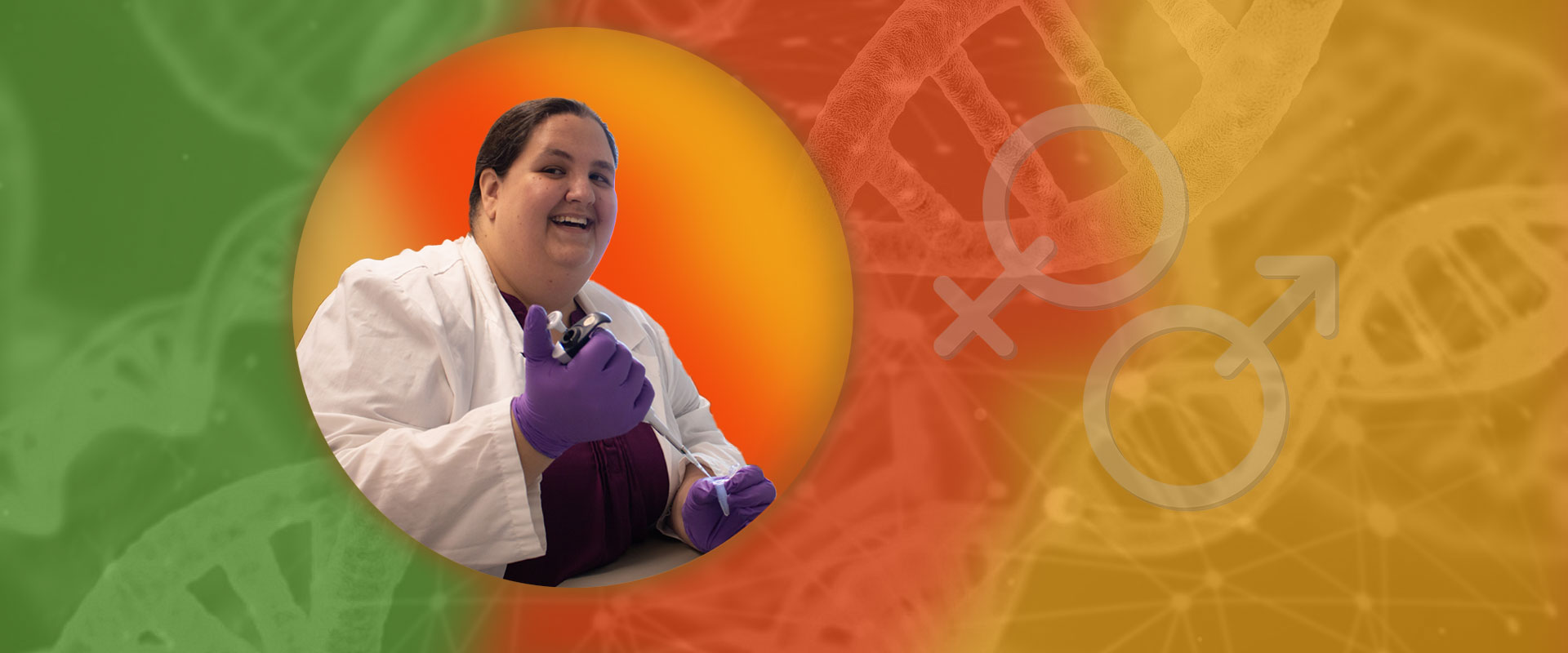Neuropsychiatric disorders like Attention-Deficit/ Hyperactivity Disorder (ADHD) and Autism Spectrum Disorder (ASD) are found in four times as many boys as girls, but there’s limited science that explains this disparity – or other major sex-related differences found in these disorders.
Florida Atlantic neuroscientists recently discovered a key difference in the molecular wiring of male and female brains that causes certain behavior to be sex dependent. Their finding raises vital questions about how disorders like ASD and ADHD are diagnosed and treated in males and females.
The neuroscientists were examining a genetic mutation found in boys with ADHD and ASD to see how the mutation affected their behavior and brain. At first, they were only using male mice to study this mutation, since so many more males are diagnosed with ASD and ADHD.
But, when they included female mice into the study, they discovered that a key part of the brain’s biology varies between sexes – which affects behavioral changes with these disorders.
“By choosing to look at females, we found a fundamental difference in the biology of the brain between males and females, specifically with how the dopamine systems work,” said Randy Blakely, Ph.D., professor of biomedical science in FAU’s Charles E. Schmidt College of Medicine and executive director of the FAU Stiles-Nicholson Brain Institute. Blakely led the study in collaboration with Adele Stewart, Ph.D., first author on the report, a research assistant professor of biomedical science in FAU’s Charles E. Schmidt College of Medicine and member of the Stiles-Nicholson Brain Institute. Blakely and Stewart looked at how this genetic variant affects ADHD and ASD through changes in brain dopamine signaling. Both disorders are connected to dopamine, a vital neurotransmitter that regulates activities like motor function, attention, motivation, learning ability and social behavior. Dopamine is also the target of go-to medications to treat these disorders, including Adderall and Ritalin.
They found that the genetic mutation affects how dopamine is controlled in the brain, by essentially reversing the function of a protein whose primary role is to inactivate dopamine.
“There are a lot of things that dopamine does in the brain,” Stewart said. “And this single change in the genetic code completely messes with how the dopamine system works in the brain.”
In an effort to better understand how the mutation and its impact on the dopamine system would affect the behavior of mice, they put the mice through multiple tests. They found that male mice were impulsive, less social and hyperactive, but females were anxious, had memory issues and struggled to recognize new things.
“We essentially found that this mechanism in the brain sends males versus females on a totally different trajectory of behaviors,” Stewart said.
The mutation affects different brain regions in male and female mice, which impact behavior. The behavior exhibited by male mice was more externally evident, whereas, the female mice showed more internal manifestations through things like learning, memory and mood. Since disorders like ADHD and ASD are diagnosed through behavioral criteria, their findings suggest that the diagnostic process may not be adequately capturing females affected by these disorders, according to their research.
“Disorders that we define behaviorally, could have completely different mechanistic underpinnings,” Stewart said. “And ultimately, we need to know what those biological underpinnings are, if we’re going to effectively treat them. It could be possible, for example, that treatments that we may give to all individuals with ADHD might work well in males, but might not work at all in females, because the biology of the brains of males and females are different.”



